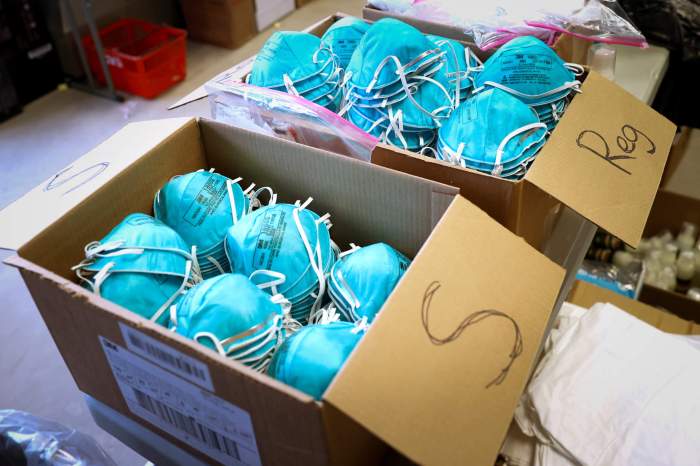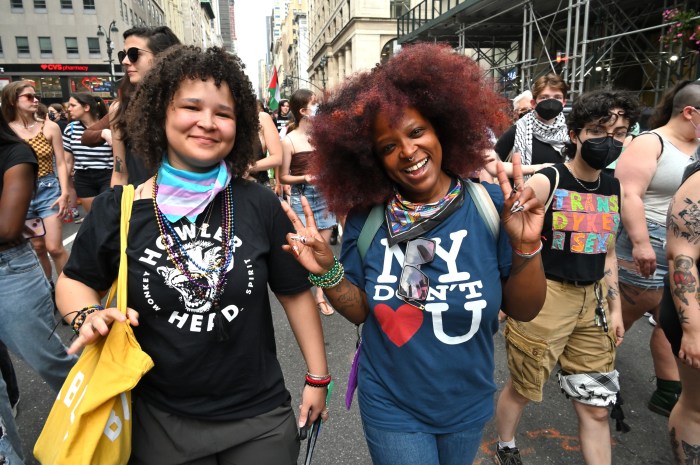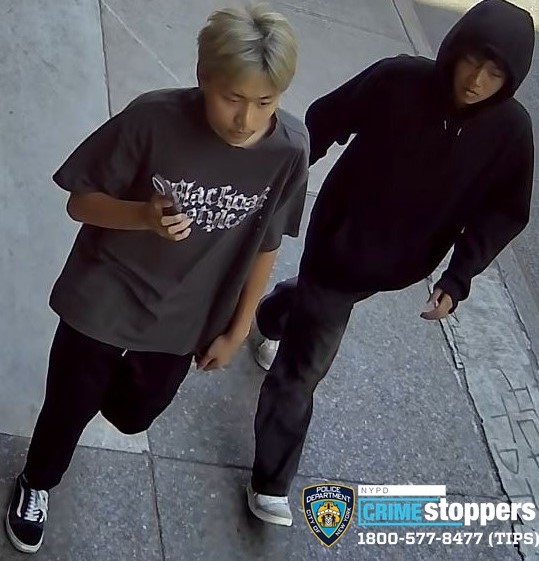Educators in Sunset Park are calling for equity in the school reopening process, arguing that in-person classes should not resume until positivity rates are safe in every community.
The educators, made up of teachers and administrators at PS 169 on Seventh Avenue, wrote in an Aug. 19 letter to Mayor Bill de Blasio and Chancellor Richard Carranza that they believe schools should not reopen until all communities fall below the three percent positivity rate for coronavirus tests mandated citywide for schools to open. The positivity rate in Sunset Park has been as high as seven percent in recent weeks.
“Until all communities fall below the three percent threshold, the only equitable solution is for all school buildings to remain closed in New York City,” the letter, signed by 25 school staffers, reads. “Any other course of action would jeopardize the health and safety of already disenfranchised communities.”
The teachers reject the notion that schools in communities with higher infection rates should be shuttered while others in less infected neighborhoods remain open, arguing that doing so would worsen the crisis of inequity laid bare by the coronavirus pandemic.
“It would create division between white students and students of color with regards to who receives instruction in school buildings and who learns remotely,” the educators said.
A petition circulated by the teachers has gathered roughly 500 signatures over the course of two days, including one by Sunset Park Councilman Carlos Menchaca.
Sunset Park’s high infection rate was found by city contract tracers to be caused by household spread — meaning people were infecting those they live with — due in part to the issue of overcrowded housing in the neighborhood, where there is a much higher rate of households with 5 or more people than the citywide average, according to city data. Many of those households are multigenerational, where children live under the same roof as their grandparents, who are much more vulnerable to the virus.
“They live in small apartments with a lot of family members,” said Jeannette Echeverri, a third grade dual language teacher at PS 169 and a member of the school’s equity team. “A lot of our students are raised by their grandparents.”
This, in part, led 70 percent of PS 169’s students to opt for all-remote learning for the coming semester, a much higher percentage than the roughly 75 percent of students citywide who plan to return for some form of in-person schooling.
PS 169 is part of School District 15, which spans from Red Hook through western Brooklyn to Sunset Park. While some sections of District 15 such as Park Slope and Cobble Hill have among the lowest positivity rates in the city, Sunset Park has seen drastically higher rates.
“None of the city’s communities can, nor should they, be treated as islands,” said Michael Racioppo, the district manager of neighboring Community Board 6, which has joined calls to delay the reopening of schools. “The PS 169 Equity Team’s letter highlights that we need plans to ensure safety for all segments of the city to stanch the virus as well as an increase in pre-existing inequities.”
During a press briefing on Aug. 13, de Blasio addressed the possibility of geographic flare-ups, but maintained that they were unlikely to affect the school reopening plan.
“I don’t think that’s what we’re going to deal with,” the mayor said. “I think it’s either we’re going to be pretty much the city as a whole is doing well, or God forbid we’re going in the wrong direction. I believe that will be more widespread.”
The city’s battle with the teachers’ union reached new highs this week, with United Federation of Teachers President Michael Mulgrew threatening a strike if the group feels their member’s safety is not being prioritized.
PS 169 teachers say they understand the push to return to school buildings and want to return themselves, but only once they’re confident they will be out of harm’s way.
“We do want to go back,” said Echeverri. “But only as long as it’s safe for everyone.”
















